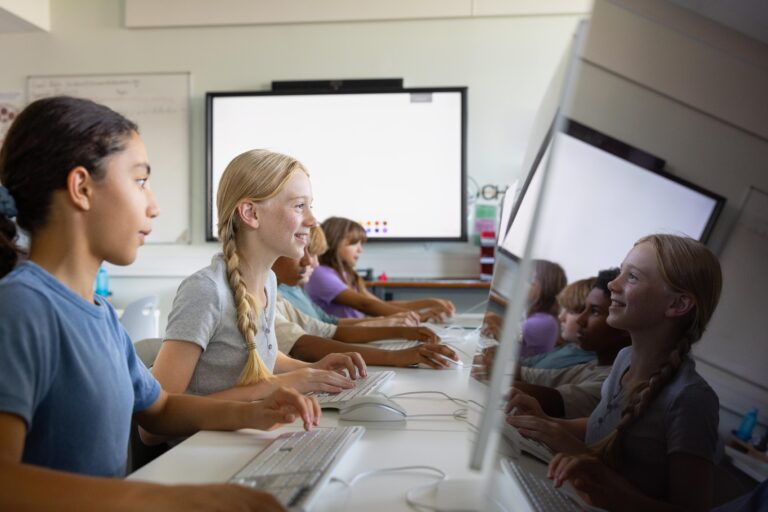In our webinar Beyond the Buzzword: What Engagement Really Looks Like Across K–12, education leaders joined us to take a closer look at one of the most important, and maybe somewhat misunderstood, concepts in education: engagement in the classroom. Hosted by Justin Karkow, VP of Teaching and Learning at Discovery Education, the conversation featured insights from Dr. Jackie Kapushion, Dr. Jorge Perez-Gallego, Emily Thomas, and Selina Latimore—each bringing a unique point of view on what engagement looks like, how it’s measured, and how it can be cultivated across schools and districts.
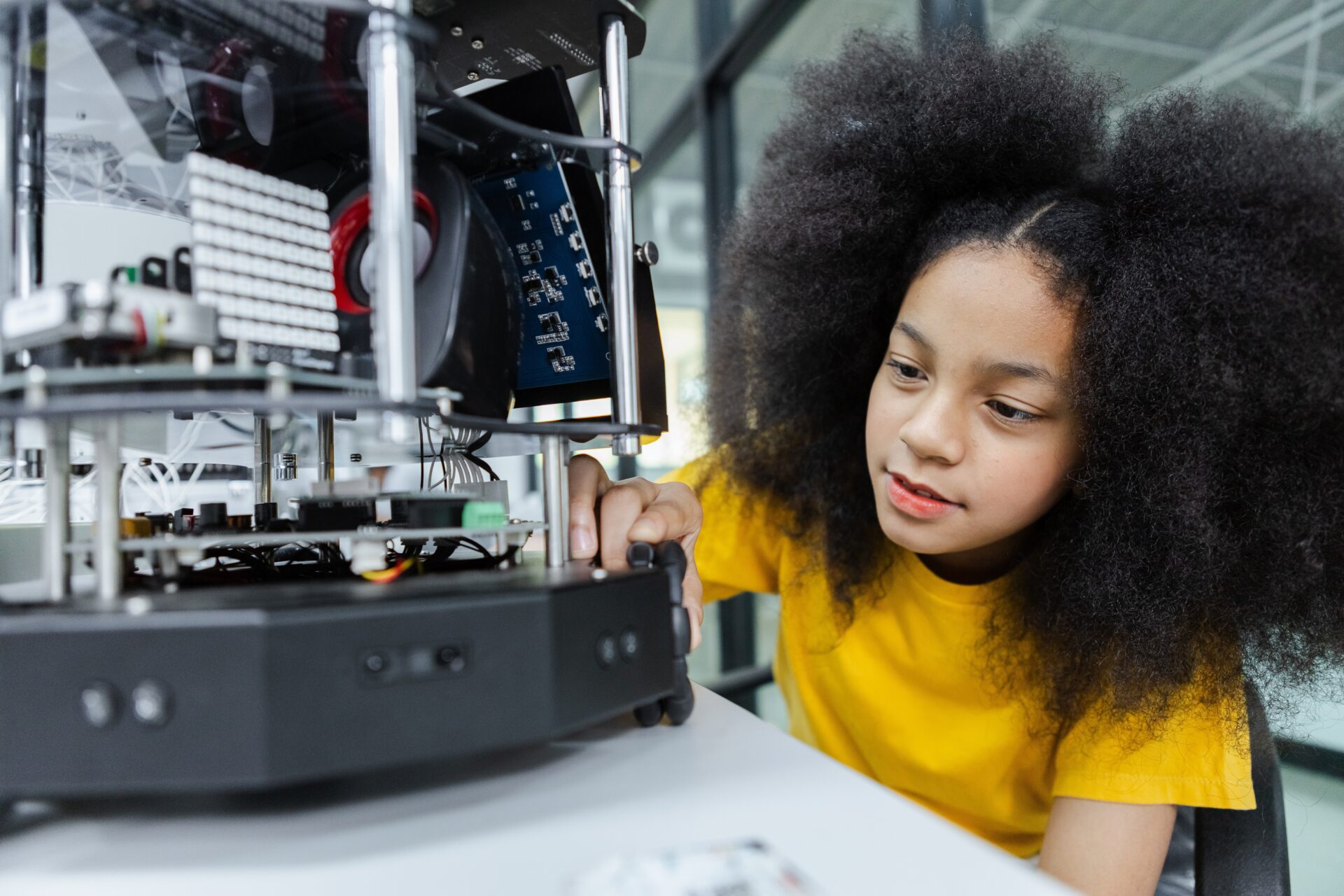
Why Engagement Matters More Than Ever
Mr. Karkow opened with compelling data from our 2025–2026 Education Insights report: while 90% of teachers, principals, and superintendents agree that engagement is critical to student success, all of them see a need to improve it. In fact, 80% of students report struggling with boredom each week. This disconnect highlights that educators may not have clarity and alignment on what engagement truly means and how to foster it.
Engagement Is More Than Just Participation
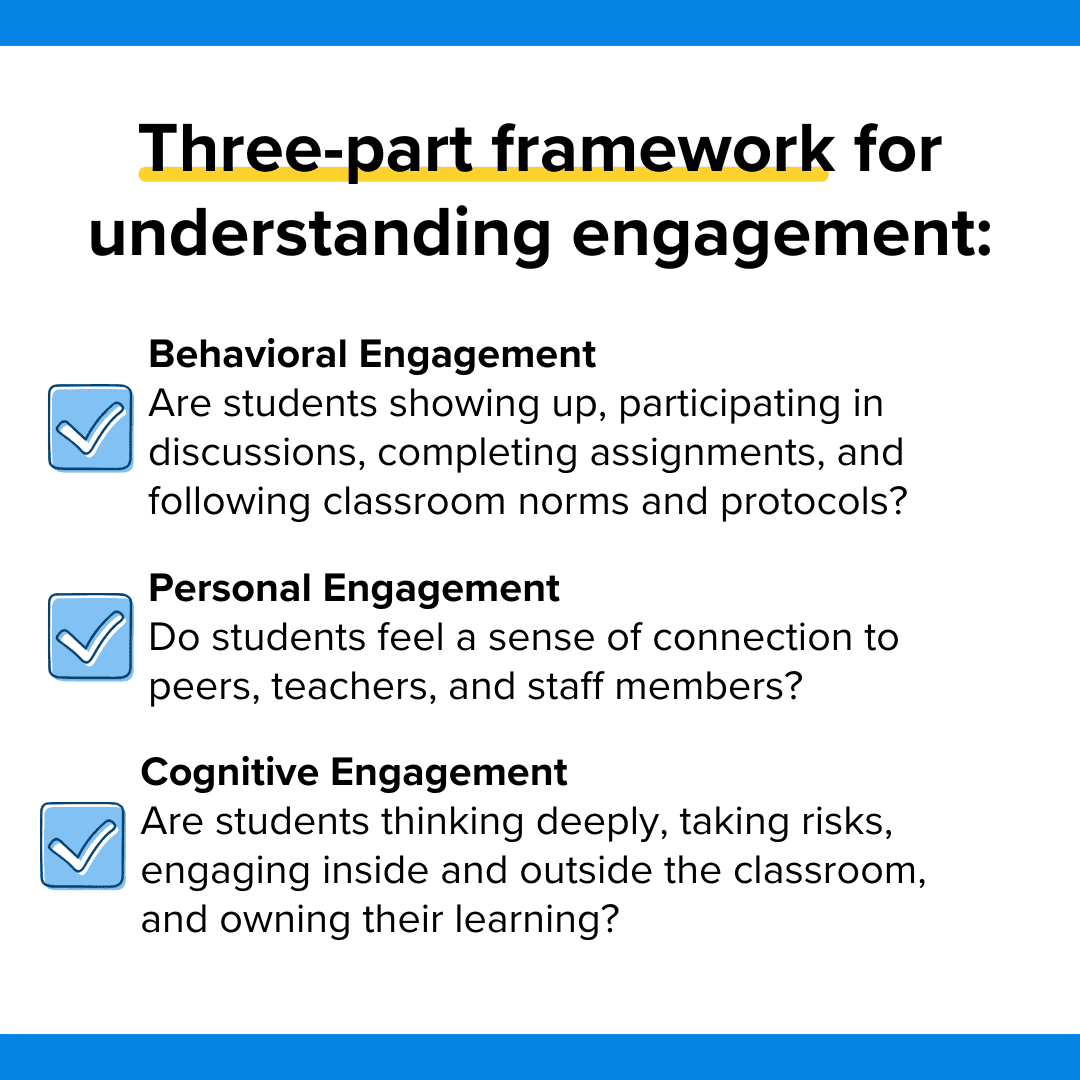
Dr. Kapushion introduced a three-part framework for understanding engagement:
- Behavioral Engagement: Are students showing up, participating in discussions, completing assignments, and following classroom norms and protocols?
- Personal Engagement: Do students feel a sense of connection to peers, teachers, and staff members?
- Cognitive Engagement: Are students thinking deeply, taking risks, engaging inside and outside the classroom, and owning their learning?
Ms. Latimore reflected, “Sometimes you see that natural spark start to dim…, but it’s because learning becomes routine. So, we have to spark their interest.” She emphasized that when students become invested in their learning, they become curious, confident, and willing to take risks. She also stressed the importance of connecting learning to real life.
Measuring Engagement: Beyond the Obvious
Recognizing and supporting engagement, which can be hard to measure and may be expressed in subtle ways by quieter students, requires thoughtful strategies. Panelists shared several approaches that they’ve found to be effective:
- Social contracts: Co-created agreements between students and teachers that set expectations for respectful and active participation.
- Wait time: Giving students a chance to think before responding, showing them that all voices matter.
- Vertical learning spaces: Encouraging movement and collaboration to engage students in different modalities.
- Learning walks: Used by district leaders to normalize definitions of engagement and observe it in action.
As Ms. Thomas put it, “We have really been working hard with our teachers to be intentional in building [these strategies] into their lesson planning, so that they are giving equal opportunities for all students to engage. No opting out. We’re all doing it. We’re all working together to get there.”
Tackling Barriers to Engagement
The 2025–2026 Education Insights report notes that students often feel both overwhelmed and under-challenged, which can lead to disengagement. Ms. Thomas’s team in Green Bay uses structured discussion techniques and collaborative learning to ensure every student has a role in the classroom conversation. She also pointed out that when teachers have a strong understanding of learning targets and goals, they can move the conversation toward them with questions that bring those ideas to light.
Technology as a Tool for Engagement
Dr. Perez-Gallego highlighted how technology, when used intentionally, can fuel engagement. His team leveraged an online world-building platform to create immersive science experiences, allowing students to explore exoplanets and ask real-world questions in a familiar digital environment. He explained how they came up with the idea: “Students choose to spend their free time in these virtual worlds, and they create their own adventures, their own environments. So, can we leverage that presence to go there and invite them to learn STEM fields?”
Dr. Kapushion emphasized the potential of AI tools to support engagement through personalized learning and timely feedback. This also helps them identify at-risk students and what specific interventions would help them. Her district uses “AI pop-ups” and “AI Bingo” to introduce educators to new strategies in a fun, low-pressure way.
Real-World Relevance: Engagement That Matters
Dr. Kapushion’s Innovation Center invites students to solve real-life problems faced by outside organizations, like designing underwater robots to investigate sewer system efficiency that was below standard. She explained, “They’re paid to do that work. Our businesses are reaching out to our students because [they] have the ability to think differently.”
Selina Latimore shared how her school addressed food insecurity through a school-wide urban gardening initiative. Students not only learned how to grow and cook food but also connected their learning to real-world applications—an approach that sparked curiosity and built community.
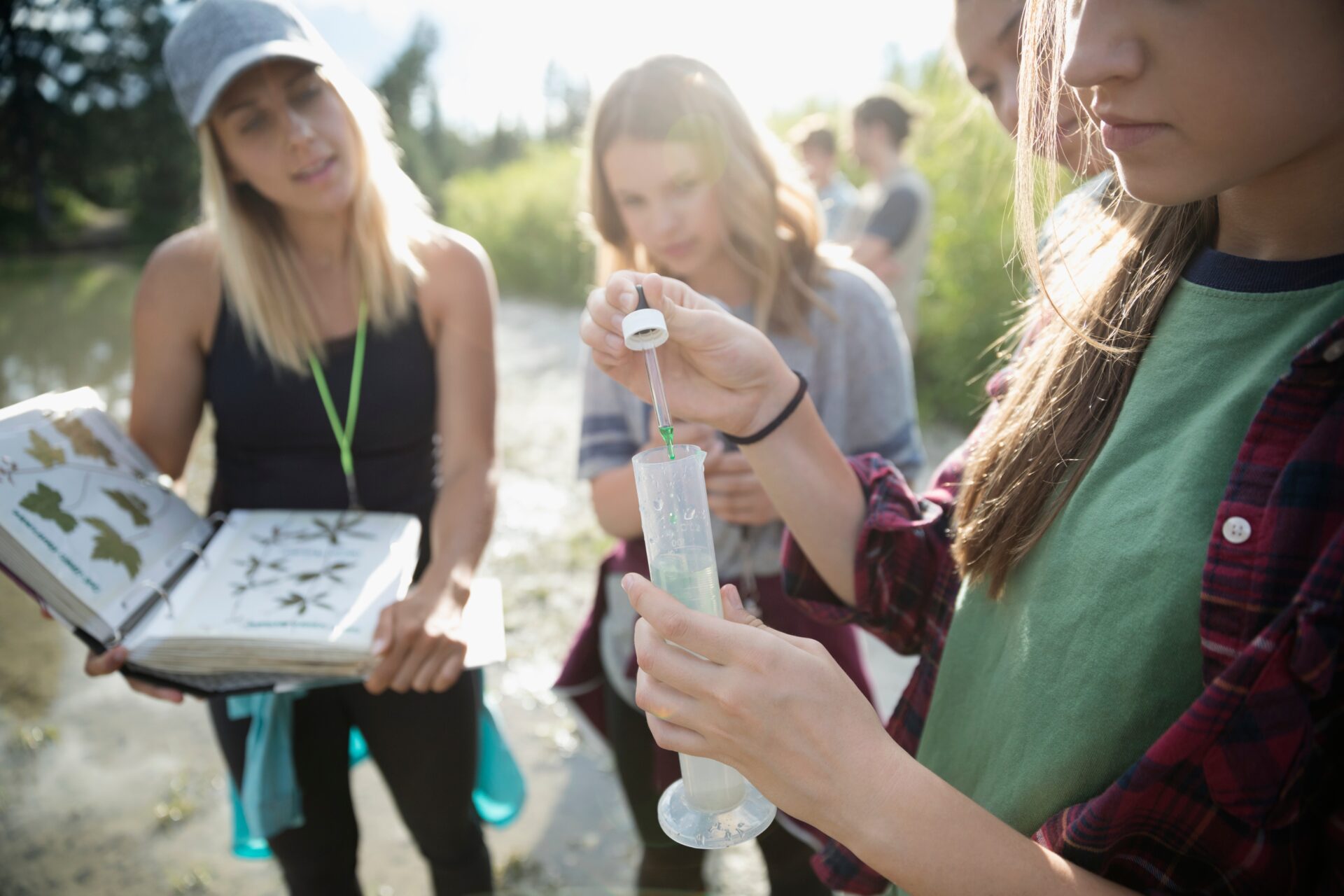
Building Shared Understanding Across Communities
Creating alignment on engagement requires a shared language and vision. Panelists stressed the importance of:
- Instructional frameworks that define engagement and guide professional development.
- Communication between district leaders, principals, teachers, students, and families.
- Professional learning that reaches every level of the organization and is rolled out district wide with consistency.
Key Takeaways for Education Leaders
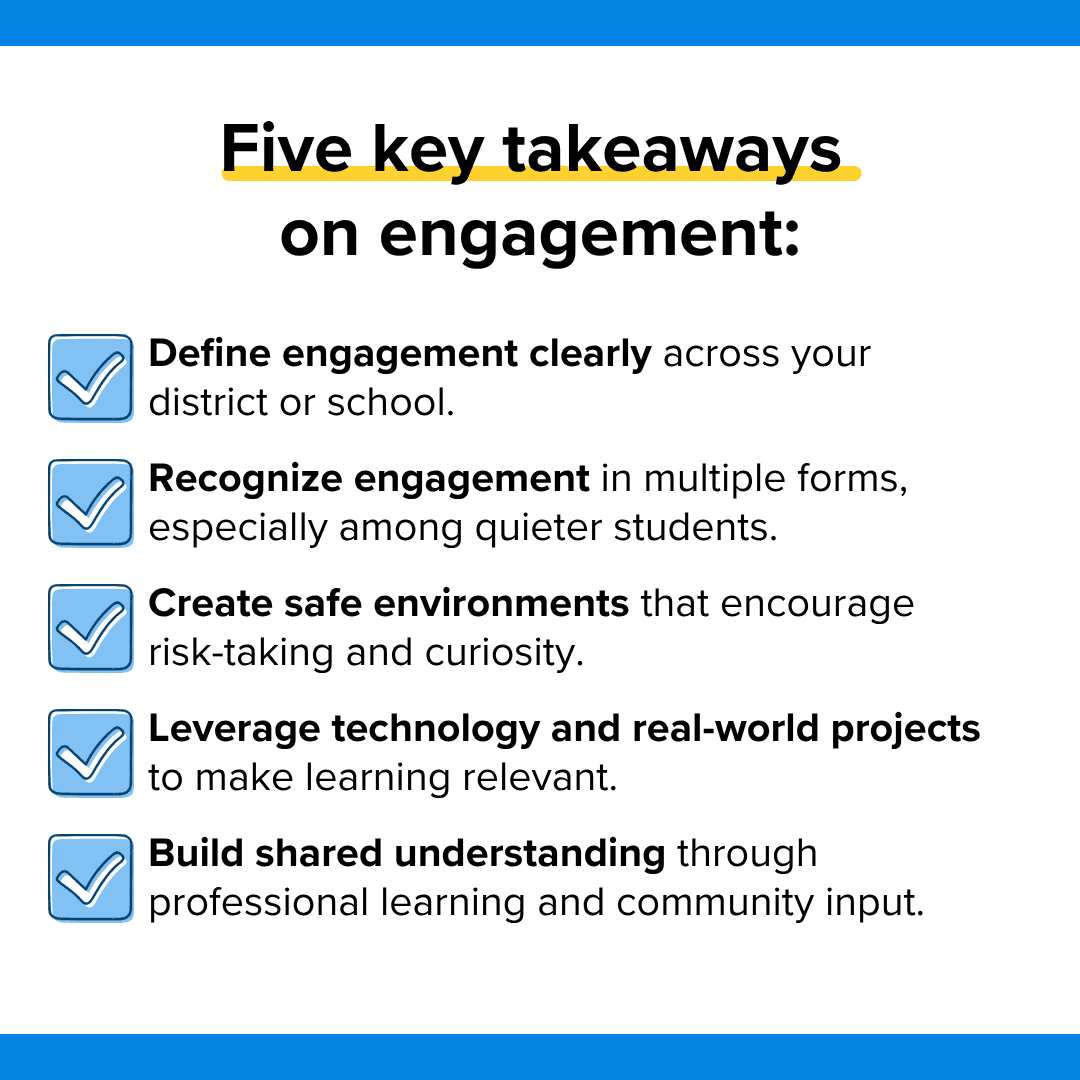
- Define engagement clearly across your district or school.
- Recognize engagement in multiple forms, especially among quieter students.
- Create safe environments that encourage risk-taking and curiosity.
- Leverage technology and real-world projects to make learning relevant.
- Build shared understanding through professional learning and community engagement.
There’s so much more to learn from the full discussion, so we invite you to watch the recording!
Discover More About Engagement in the Classroom
To dive deeper into the data and strategies discussed in the webinar, download Discovery Education’s 2025–2026 Education Insights Report. It’s packed with actionable insights for district leaders, principals, and educators looking to boost engagement in their schools.
Meet the Experts
Dr. Jackie Kapushion, Superintendent, St. Vrain Valley School District (CO)
With 37 years of experience in public education, Dr. Kapushion currently serves as Superintendent of St. Vrain Valley School District. She holds a doctorate in Leadership and Equity from the University of Colorado at Denver, where she also earned her MA in Administration, Supervision, and Curriculum Development.
Selina Latimore, Principal, Richland County School District One (SC)
Selina Latimore is a veteran educator with over 30 years of experience in K–12 education, including 15 years as principal of J.P. Thomas Elementary School. She holds degrees from Presbyterian College and the University of South Carolina and is currently pursuing a doctoral degree in Educational Administration at Liberty University.
Emily Thomas, Associate Director of Curriculum, Green Bay Area Public Schools (WI)
Emily Thomas brings 14 years of experience in education. As Associate Director of Curriculum, she oversees PreK–12 math curriculum implementation, supports district math coaches, and leads math intervention programming.
Dr. Jorge Perez-Gallego, Education & Outreach Lead, National Solar Observatory (NSF)
Dr. Perez-Gallego is an astronomer, designer, museum professional, and educator with a PhD in Astronomy and an MFA in Design. He leads education, public outreach, and communications at the National Science Foundation’s National Solar Observatory.





